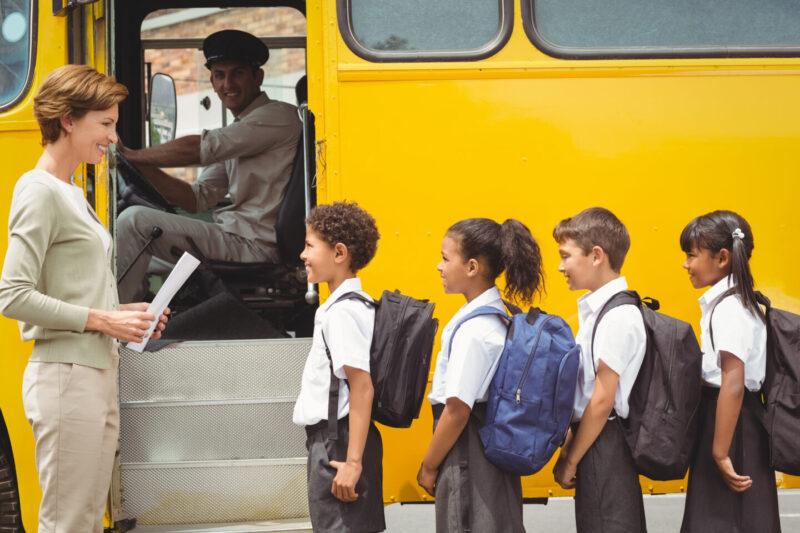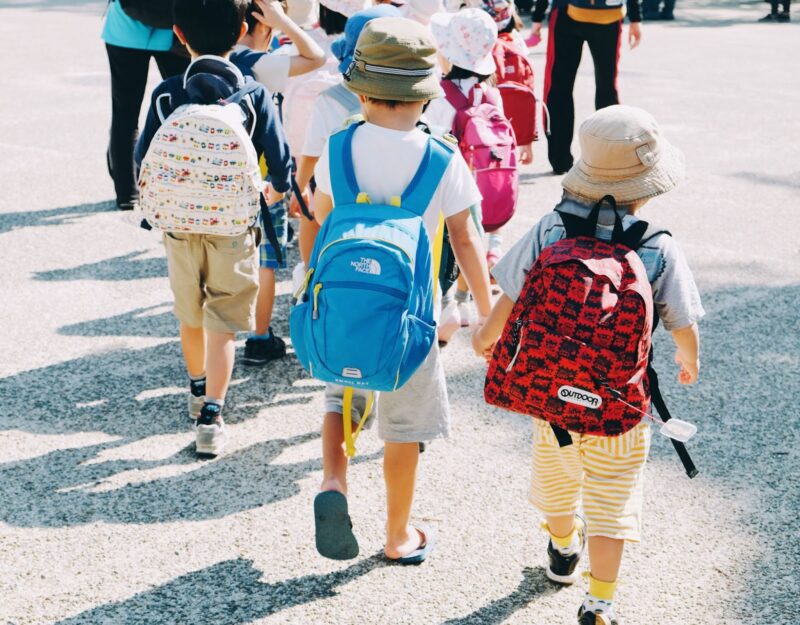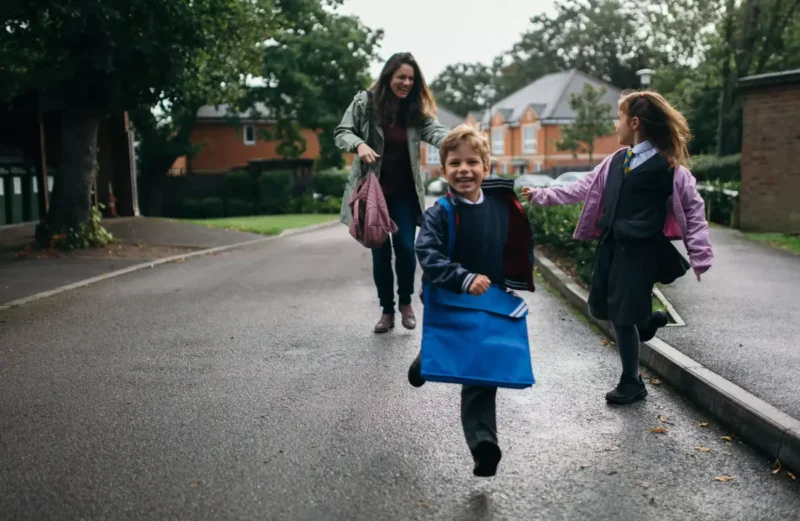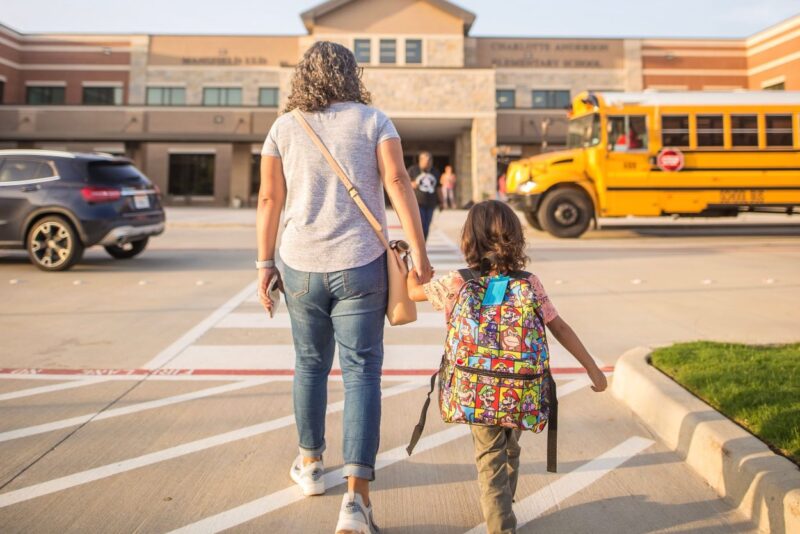Preparing your child for their first school trip often feels more stressful for the parent than the child. You worry about their safety, comfort, and ability to manage on their own. But this transition can be smooth, empowering, and even exciting—for both of you. With the right approach, your child will walk onto that bus with confidence, and you’ll feel reassured every step of the way.
Below, you’ll find a structured guide to handle everything from packing the right gear to helping your child feel emotionally ready. You’ll also learn how to collaborate with teachers, handle concerns, and ensure your child enjoys the experience.
Start with a Conversation, Not a Checklist
You don’t need to overwhelm your child with information. Start by asking how they feel about the trip. Let them share excitement or concerns in their own words. Instead of jumping into logistics, focus on what they’re curious about. That creates a two-way exchange and gives you useful insight into how to guide them.
Be clear and positive about the purpose of the trip. Explain where they’re going, how long they’ll stay, who will be with them, and what they’ll be doing. Use simple language. Avoid overloading them with details they won’t remember.
Let them ask questions and answer honestly. If they ask, “Will you come with me?” resist the urge to sugarcoat. Say no gently but firmly, and emphasize the trust you have in them and their teachers.
Work With Teachers Early

Teachers are your biggest allies in this process. Don’t wait until the last minute to reach out. Ask for the trip schedule, a packing list, rules, and emergency contact details. Review everything and keep a copy on your phone and one printed at home.
If your child has specific medical needs, allergies, or anxieties, speak directly with the trip organizer. Provide written instructions. Offer to send backup items if needed, like EpiPens, allergy-friendly snacks, or motion sickness bands.
Clear communication with teachers gives you peace of mind and strengthens the school’s support system for your child. You can also read tips for teacher communication to help you navigate that exchange more effectively.
Practice Makes Confidence
No child becomes independent overnight. You can prepare them by simulating small parts of the trip at home. Start with:
- Packing a small backpack and letting them carry it on a walk.
- Having them manage their own snacks and water bottle.
- Rehearsing how to use the bathroom or ask for help if they feel unsure.
- Teaching them how to handle their jacket, shoes, or any special gear.
If your child has never been away from you for more than a few hours, schedule a short playdate or family sleepover without you. A few hours with a grandparent, aunt, or trusted friend can help normalize separation and boost self-reliance.
Pack Smart, Not Big

Packing can spiral out of control if you’re not careful. Stick to essentials. Don’t overpack. Your child has to carry their own bag most of the time, so test it beforehand.
Here’s what to include:
- Weather-appropriate clothes and a spare outfit in a zip bag
- Reusable water bottle
- Small pack of tissues and hand wipes
- Labelled snacks if allowed
- Sun hat or raincoat, depending on the season
- Any medication with clear instructions
Label everything. Even socks. Kids lose things. Don’t send anything too expensive or sentimental.
Keep the tone light. Turn packing into a game or countdown. Let your child help so they remember what’s inside and where it is.
Build Emotional Readiness
Emotional preparation is as important as the physical checklist. Children need reassurance that it’s normal to feel nervous. Tell them about your own first trip. Mention that a little worry is okay—it means they care.
Avoid dramatic goodbyes. Keep things short, warm, and encouraging. A hug, a smile, and “I’ll see you soon” is more than enough. Dragging out the goodbye often adds anxiety, not comfort.
Discuss basic social expectations without lecturing. Say:
- Be kind to others
- Listen to the teacher
- Speak up if you need help
- Don’t wander off
You’re not scaring them—you’re preparing them. Keep your tone calm, not anxious.
Manage Safety Without Fear

You want your child to stay safe, but constant warnings can create stress. Instead of saying, “Don’t do this, don’t do that,” offer proactive steps.
Teach your child:
- How to recognize their group
- What to do if they get separated
- How to ask an adult for help
- How to use a whistle or ID wristband if provided
If allowed, include a card in their backpack with your contact number and emergency info. Don’t assume they’ll remember your number under stress. Make it easy for them.
Most schools already take strong safety precautions, so your role is to reinforce and reassure, not create alarm.
Stay Involved Without Hovering
You want updates, but you don’t want to annoy the school. Respect boundaries. If updates are promised, wait for them. If not, ask once if any photos or messages will be shared, then trust the process.
At home, avoid calling unless it’s urgent. Over-involvement creates dependency. Use the opportunity to build your child’s confidence and resilience.
If your child is gone overnight, plan something for yourself. Don’t just sit by the phone. Their trip is their experience. Yours is to support and let go.
After the Trip ─ Process and Praise
When your child comes back, give them space. They may be tired. Don’t barrage them with questions the moment they walk in.
Later, ask about their favorite part. Listen without interrupting. Even if they mention small problems, focus on the fact that they got through it.
Praise their courage. Highlight how proud you are. Let them know you trust them even more now.
Keep any souvenirs or trip journals in a memory box. It reminds them that growth happened—and builds positive expectations for next time.

